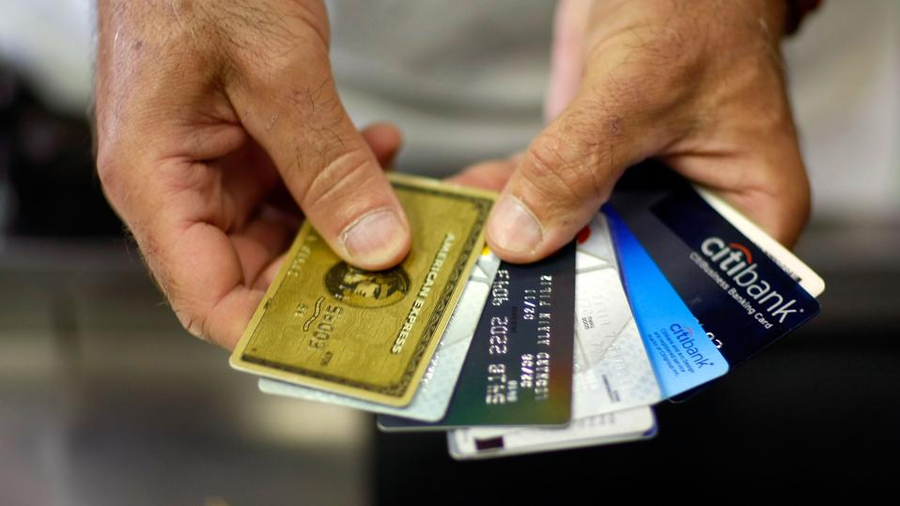In recent years, evolving consumer behaviors have drastically altered the landscape of credit card use in the United States. Shifts toward digitalization, heightened concerns about debt, and an increased focus on rewards programs have all influenced the way Americans choose, use, and think about credit cards.
As consumers grow more accustomed to personalized experiences and digital conveniences, credit card companies are compelled to adapt their offerings to meet new expectations. This evolution in credit card use reveals more than just transactional shifts; it mirrors deep-rooted changes in American lifestyles, preferences, and financial priorities.
Increasing demand for digital payment solutions

One of the most prominent trends influencing credit card use in the U.S. is the rise of digital payment solutions. As more consumers rely on their smartphones and other digital devices for everyday tasks, the convenience of digital wallets and contactless payments has become indispensable.
Credit card issuers are responding to this shift by making it easier for cardholders to link their cards with digital wallets like Apple Pay, Google Wallet, and Samsung Pay. This adaptation not only makes transactions quicker but also enhances security by minimizing the need to carry physical cards.
Digital payment solutions offer users increased flexibility and ease of use, two qualities that align with modern consumer preferences. Many people are now accustomed to seamless, contact-free transactions, which gained further popularity during the COVID-19 pandemic.
As a result, credit card companies are investing in partnerships with digital platforms to improve the digital experience. The aim is to create a frictionless payment process that integrates smoothly with users’ lifestyles, allowing them to make purchases without worrying about handling cash or traditional cards.
Moreover, the integration of credit cards with mobile apps has enabled real-time management of accounts, further promoting digital payments. Many card issuers now have apps where customers can check balances, view recent transactions, make payments, and even track rewards.
Rising focus on rewards and cash-back incentives
As consumers become more discerning about their financial choices, rewards programs have become a powerful factor in determining credit card selection. In today’s competitive market, credit card companies are creating robust rewards structures, offering cash-back incentives, travel miles, and points-based systems that cater to diverse consumer interests.
For many Americans, choosing a credit card now involves evaluating which rewards align best with their spending habits, whether that means dining, travel, groceries, or online shopping.
Rewards and cash-back incentives have proven to be effective at encouraging regular card use, as consumers often prefer cards that offer the highest return on everyday spending.
Some credit card issuers have introduced category-specific rewards that change periodically, allowing cardholders to earn more points in particular areas. For instance, a card may offer higher rewards on grocery purchases during one quarter and shift to dining rewards the next.
This dynamic approach not only increases consumer engagement but also gives people a reason to continuously reevaluate and utilize their credit cards according to their changing needs. These rewards programs, however, also impact consumer behavior by incentivizing spending that might not have occurred otherwise.
Some individuals may be tempted to spend more to earn higher rewards, a phenomenon that benefits credit card companies through higher transaction volumes and potentially increased interest payments.
The strategic structuring of rewards programs reflects the industry’s understanding of consumer psychology and demonstrates how effectively tailored incentives can drive credit card usage in the U.S. market.
Growing awareness of financial health and debt management
In response to concerns about debt, many consumers are reevaluating how they use credit cards, with an increasing number becoming more cautious about spending. Over the years, high-interest rates and consumer debt have prompted Americans to think more critically about their credit card usage.
This trend, amplified by the financial uncertainty brought by the pandemic, has led to a growing demand for credit products that offer low or zero interest rates, especially for balance transfers and new purchases.
Many credit card issuers are now providing tools that promote responsible spending and debt management. For instance, several companies offer features like spending trackers, budget-setting options, and payment alerts that help cardholders stay within their financial limits.
Some issuers even provide access to free credit score monitoring, allowing consumers to track their credit health directly through their credit card accounts. These features resonate with Americans who are seeking greater control over their finances and wish to avoid accumulating high-interest debt.
Moreover, credit cards offering zero percent introductory APR on balance transfers or new purchases are particularly attractive to consumers looking to consolidate debt. By moving their balances from high-interest cards to these products, individuals can save money and focus on paying down their principal.
This approach aligns with the current emphasis on financial health and responsibility, encouraging consumers to use credit cards as tools for better financial management rather than instruments of unchecked spending. In this environment, credit card companies are finding that offering debt-management options is crucial for maintaining customer loyalty and satisfaction.
The future of credit card use in an evolving market
The convergence of these trends points to a future where credit card usage in the U.S. becomes even more personalized, tech-integrated, and rewards-driven. With rapid advancements in financial technology, the expectation is that credit cards will continue to evolve, offering consumers a hybrid between traditional financial services and digital conveniences.
Companies that adapt to these shifts are more likely to stay relevant, catering to a consumer base that values transparency, financial control, and customized experiences.
This transformation in credit card use also implies greater transparency and a shift in how consumers approach credit. People are now more aware of how interest rates, fees, and rewards structures can impact their financial health.
As a result, credit card issuers are compelled to offer clearer terms, accessible information, and tools that facilitate informed decision-making. This transparency trend is likely to benefit both consumers and companies, promoting a healthier credit environment.
In conclusion, new consumer trends are reshaping credit card use in ways that reflect broader societal shifts. From digital payment solutions to targeted rewards and a focus on financial health, these trends highlight the evolving priorities of American consumers.

